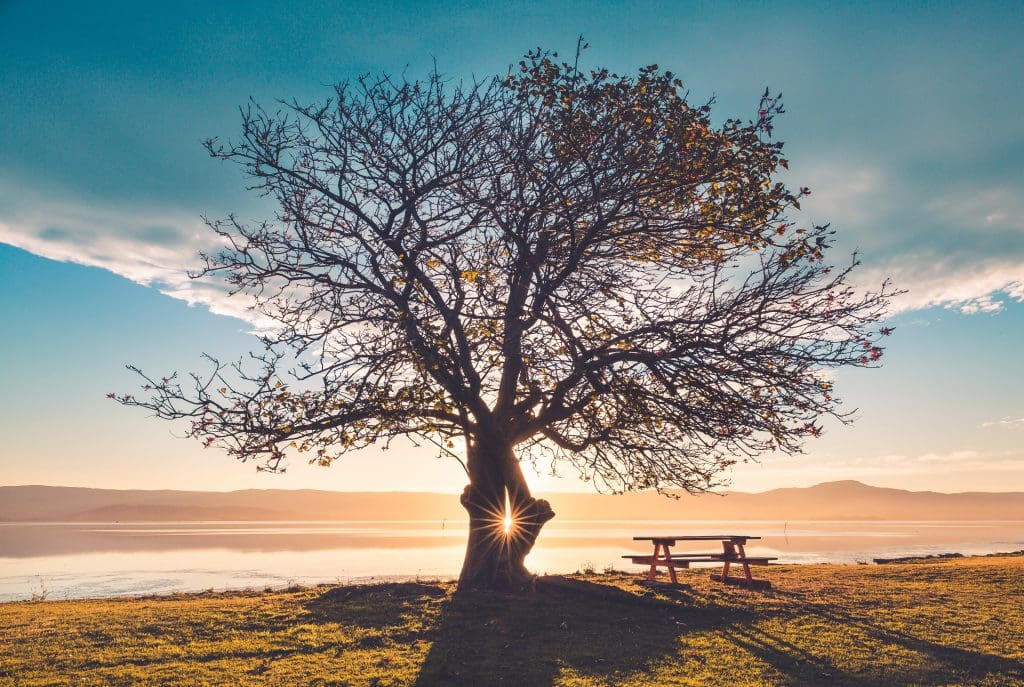There are some photography genres in which natural light is a given. Nature, wildlife, landscape, and travel photographers don’t have the option of studio lighting. They need to learn to work with natural light right from the beginning. However, other types of photographers can benefit from taking pictures outdoor and using exclusively natural light. For example, portrait, fashion, and wedding photos look amazing outdoors. Product and commercial photos may be more meaningful when taken in a natural environment. Still-life photos may have a special candor and grace when using the sky as the background. Check out the following tips for using natural light in your outdoor photographs.
Natural light changes throughout the day
During a day, natural light changes direction, color, and intensity. You can’t move the sun as you would move an artificial source of light. Therefore, you must plan the photo session according to the sun’s movement:
– The golden hour, the first couple of hours after sunrise and before sunset – The sun is low in the sky, has low intensity, and provides a colorful light, ranging from shades of yellow and orange to shades of red and pink. The golden hour is one of the best times of the day for wedding photographs, long exposure shots, and artistic photographs. But it’s also a great time of the day for portrait and fashion photography because the golden hour light flatters the skin and makes the hair shine.
Photo by Pablo Martinez on Unsplash
– Midday – The sun is at its highest point in the sky and provides vertical, intense, white light. The light can be very strong and harsh especially on sunny summer days. Because the sun is directly overhead, shadows are very short. This time of the day may be good for product photography. Also, because of the high intensity of the light, you can take action photos or any other type of photo that requires a fast shutter speed.
Photo by Glenn Claire on Unsplash
– The blue hour, the first couple of hours before sunrise and after sunset – The sun isn’t in the sky yet. As a result, the light has very low intensity and shades of blue and violet. This time of the day works very well with low contrast photographs, very long exposure shots for still life or nature photography, cityscapes, and atmospheric landscape photographs.
Photo by Jonathan Roger on Unsplash
Natural light changes with season and weather
Natural light depends on weather and season. It can change rapidly during the photo session and you will have to adapt camera settings to the changes in lighting conditions. Always check the white balance! If you want to make sure you have the same lighting conditions throughout the entire photo session, plan it carefully after you’ve read the weather report. Some photographers wait weeks to get the perfect light. Others adapt using neutral density filters, circular polarizer filters, color filters, lens hoods, and other equipment. Furthermore, you can incorporate lighting conditions in your artistic vision and make it part of the story.
Photo by Anne Nygård on Unsplash
When you take pictures outdoor you invite the environment into the frame. Natural light is an important element that can give clues about the location, time of the year, time of the day, and more. It’s also a very aesthetic element that can add a new dimension to your story. Natural light can be dramatic, romantic, harsh, metallic, glamorous, or sad. It changes the colors of objects, affects people’s mood, and changes the photo environment. It’s up to you to befriend the natural light and make it part of your composition.

